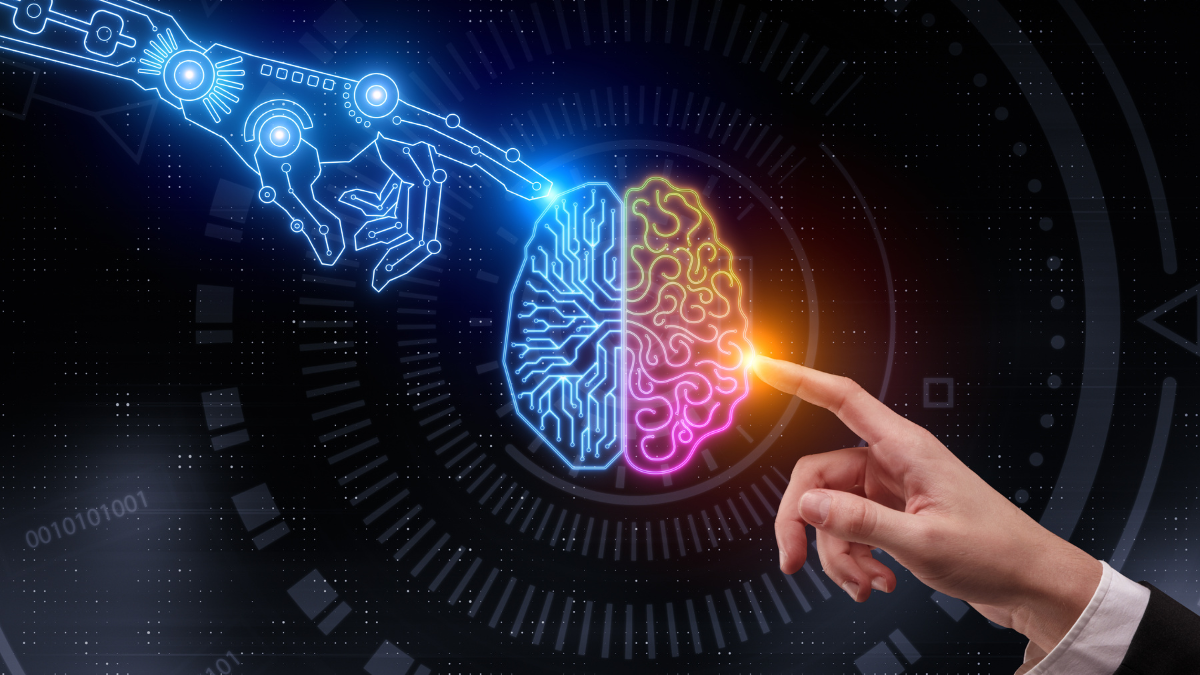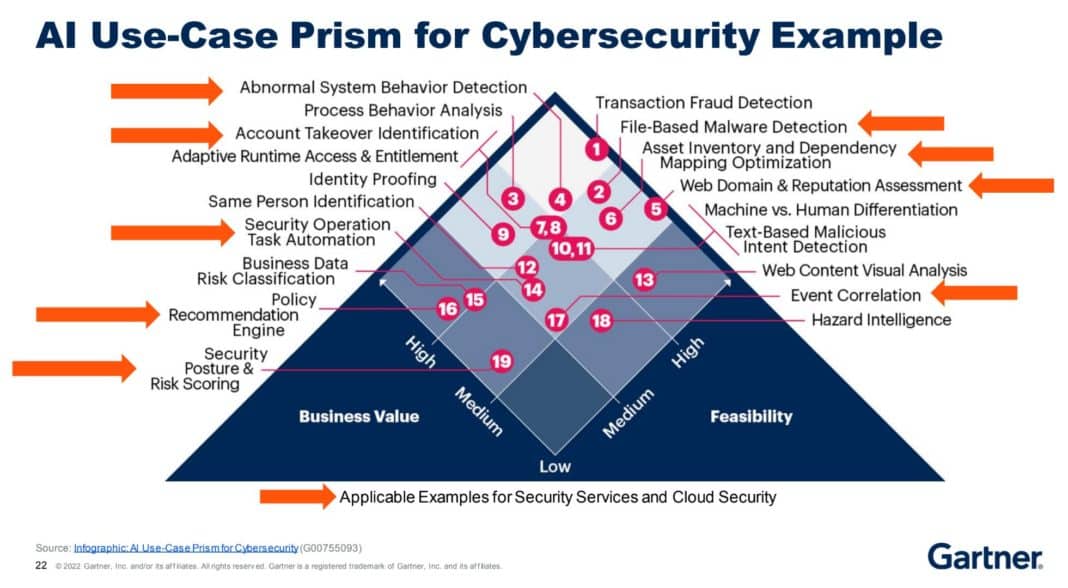
23 June 2023
Hyperautomation vs. Traditional Approaches in Cybersecurity

Hyperautomation has become a trendy buzzword in recent times due to its potential to revolutionize how businesses operate. In cybersecurity, hyperautomation can alter the way security teams function by automating repetitive tasks and allowing analysts to focus on higher-level strategic work.
But how does hyperautomation compare to traditional approaches in cybersecurity? Let's take a closer look.
Understanding Hyperautomation
Hyperautomation, as the name suggests, represents the integration of artificial intelligence (AI) and automation technologies to achieve unprecedented levels of efficiency and accuracy. It involves the use of Robotic Process Automation (RPA), AI (learn how ChatGPT is revolutionizing the cybersecurity industry), Machine Learning (ML), Natural Language Processing (NLP), and Intelligent Business Process Management (iBPM) to streamline and automate end-to-end business processes. When applied to the field of cyber security, hyperautomation aims to transform the way threats are detected, analyzed, and mitigated.
Examples of Hyperautomated Security Systems
Some examples of hyperautomation in cybersecurity include:
- Security Incident Response: Automating security incident response processes can significantly improve response times and reduce the impact of cyber incidents. Hyperautomation can enable automatic detection and categorization of security incidents, triggering predefined response workflows. Automated actions can include isolating compromised systems, blocking malicious IPs, generating incident tickets, and initiating remediation processes.
- Intrusion Detection and Prevention Systems (IDPS): These systems automatically monitor network traffic, analyze patterns, and detect potential intrusion attempts. They can automatically block or mitigate attacks, reducing the need for manual intervention.
- Threat Intelligence Platforms: These platforms leverage AI and ML to collect, analyze, and interpret large volumes of threat intelligence data from various sources. By automating the analysis process, they can identify emerging threats, provide actionable insights, and help organizations proactively defend against attacks.
Gartner identified possible areas in cybersecurity that could benefit from hyperautomation in the graphic below:

Traditional Approaches to Cybersecurity
Traditional cybersecurity methods have relied heavily on manual processes and human intervention. Security teams would manually analyze logs, investigate incidents, and make decisions based on their expertise and available information. These methods often involve siloed security tools and solutions that operate independently, resulting in fragmented visibility and slower response times. While traditional approaches have been effective to some extent, they are ill-equipped to handle the scale and complexity of modern cyber threats.
Advantages of Hyperautomation in Cybersecurity
Hyperautomation offers several significant advantages over traditional approaches.
1. Enhanced Threat Detection and Response
Hyperautomation empowers organizations with enhanced threat detection and response capabilities. By leveraging AI-powered analytics, real-time threat monitoring becomes more accurate and efficient. Automated incident response and remediation processes can help contain and mitigate potential breaches swiftly, reducing the impact on the organization.
2. Increased Operational Efficiency
Operational efficiency within security operations improves with hyperautomation. RPA allows for the automation of repetitive and mundane tasks, freeing up security analysts' time for more critical activities. This streamlining of operations not only boosts efficiency but also reduces the risk of human error and oversight.
3. Intelligent Decision-Making
Hyperautomation facilitates intelligent decision-making and adaptive learning. ML and NLP capabilities enable deep analysis of security data, extracting insights and patterns that would be difficult or time-consuming for humans to identify. Through continuous learning, automation systems can adapt to evolving threats and refine their detection and response mechanisms.
Challenges of Hyperautomation
While hyperautomation brings numerous benefits, it also presents certain considerations.
1. Integration Complexities
One challenge lies in integrating different automation and security tools. Compatibility issues and interoperability challenges can arise when integrating diverse systems, potentially hindering the seamless operation of hyperautomation initiatives. Additionally, data integration and information sharing between various tools and systems may require careful planning and implementation.
2. Expertise
Another challenge relates to potential risks and vulnerabilities associated with hyperautomation. AI-powered systems are not immune to bias and false positives/negatives in threat detection, which can have significant consequences. Additionally, automated processes and decision-making can introduce security risks if not properly designed and monitored.
Balancing Hyperautomation and Human Expertise
Human oversight and intervention remain essential in complex cybersecurity scenarios. Expert analysis and decision-making are invaluable when dealing with sophisticated attacks or when ethical considerations come into play. Responsible use of automation technologies requires ongoing human involvement to ensure transparency, fairness, and ethical use of data.
Furthermore, collaboration between humans and machines is paramount. Rather than replacing human roles, automation should augment human capabilities. Humans can leverage the speed and accuracy of automation systems while providing the critical thinking, intuition, and creativity that machines lack. Creating symbiotic relationships between humans and machines leads to optimal cybersecurity outcomes.
Conclusion
Hyperautomation will change security faster than you think. Most industry professionals are aware that automation is gaining momentum as a mix of new technologies, economic challenges, and a scarcity of affordable, available talent has already fuelled innovation in the automation industry.
However, in order to harness the full potential of hyperautomation while ensuring effective and efficient cybersecurity measures, striking the right balance between automation and human expertise is key.


